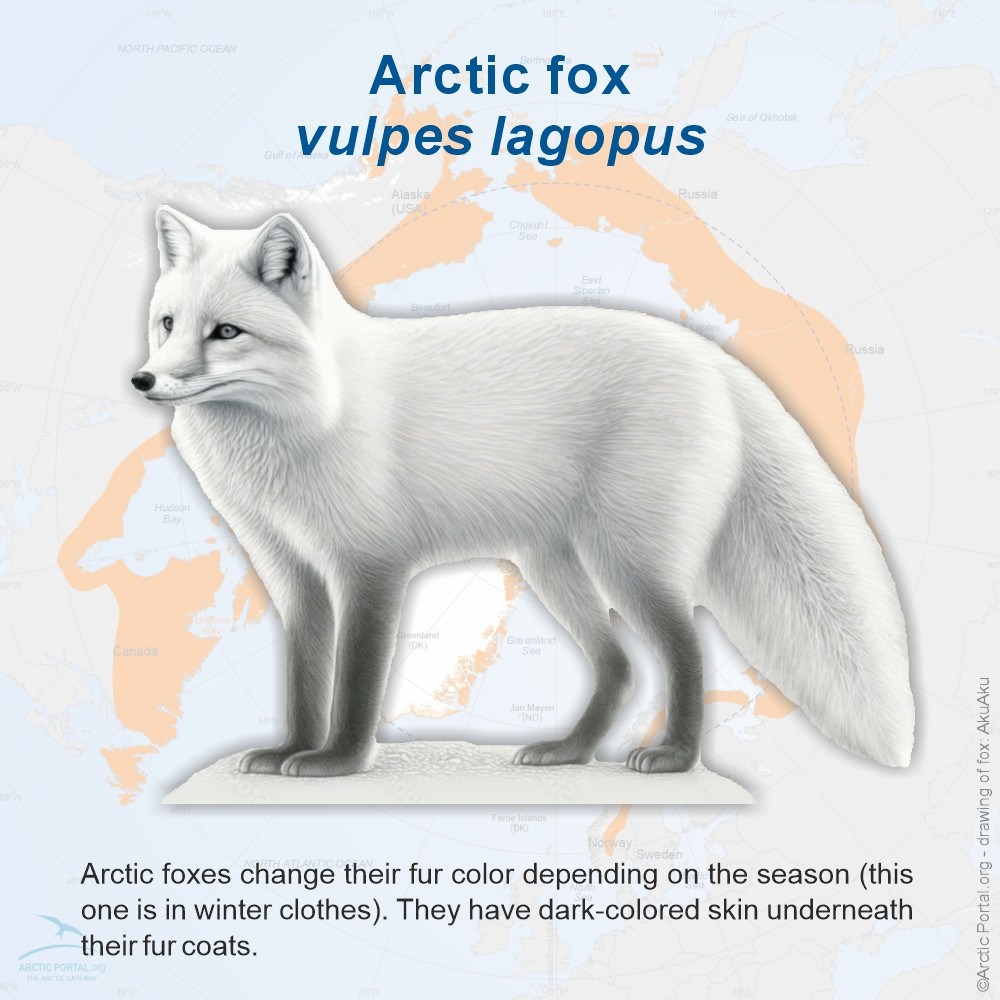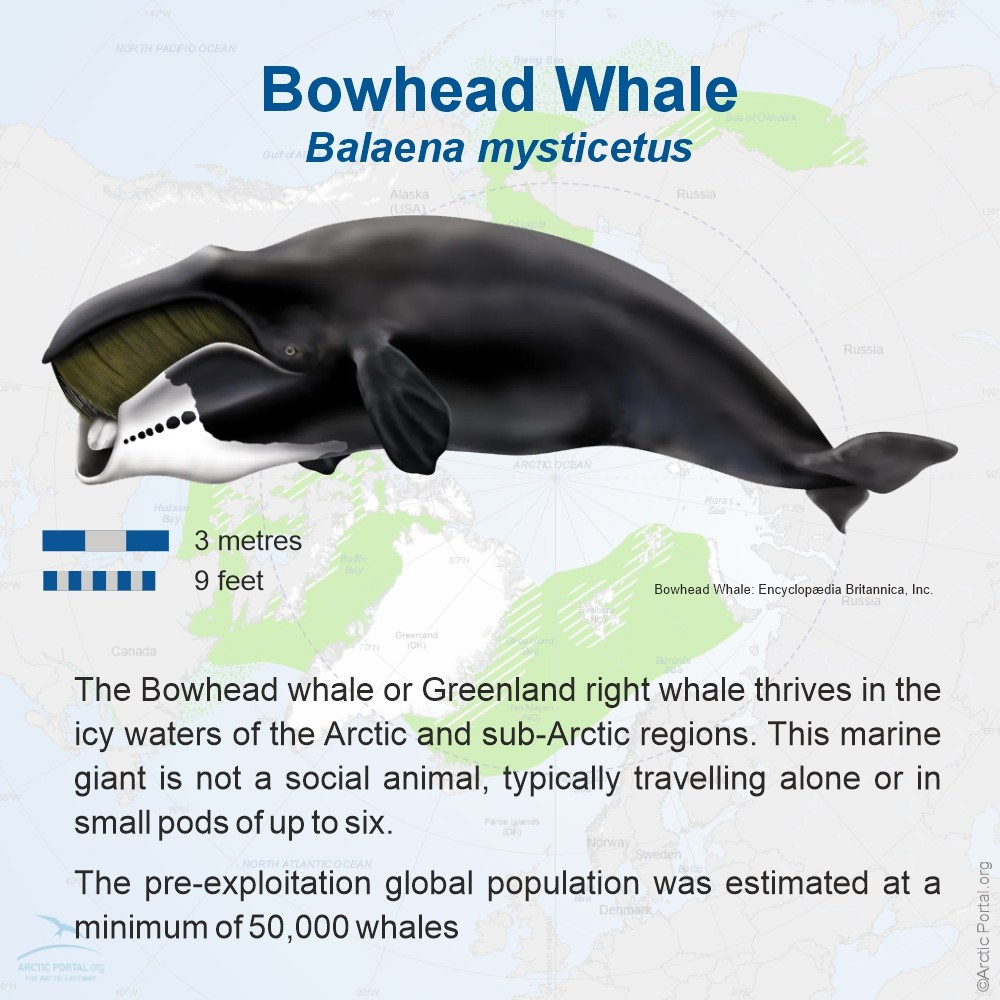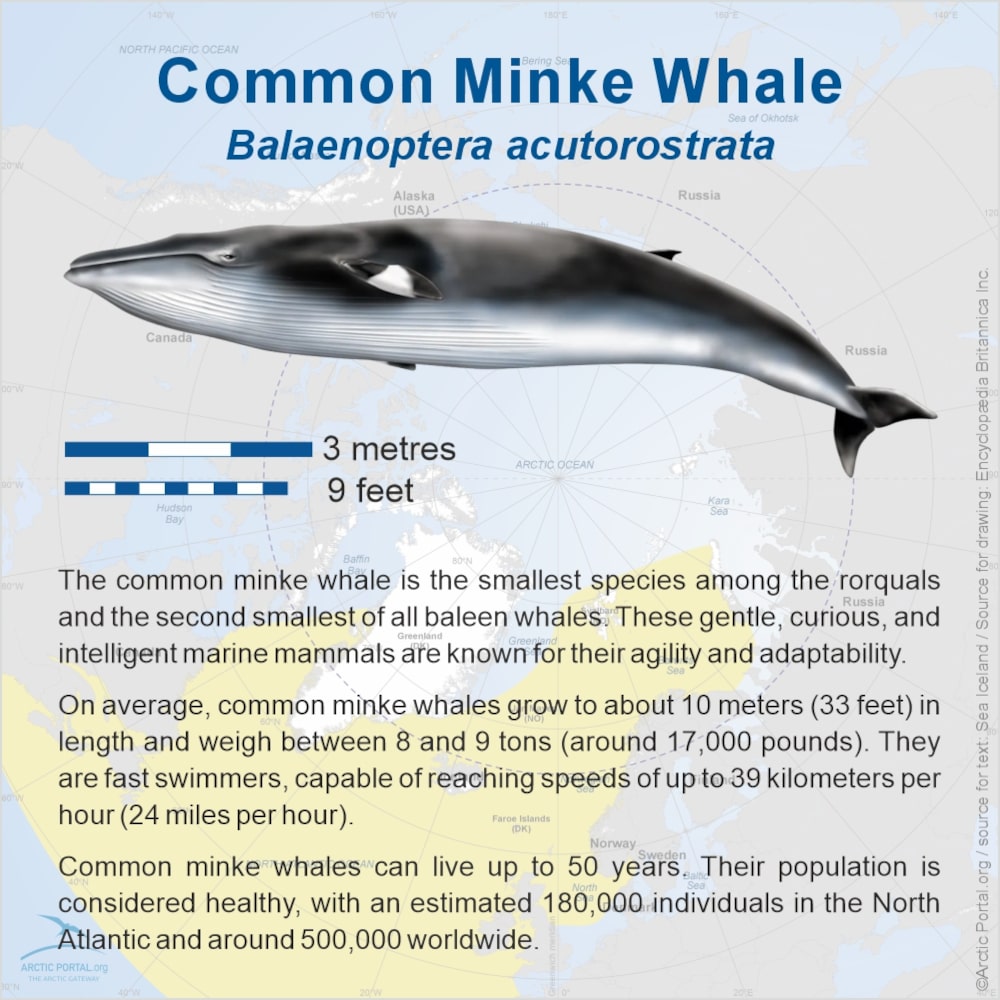The Arctic is one of the coldest and most extreme environments on Earth, with winter temperatures plunging to -40°C (-40°F) or lower. Despite its harsh climate, the region is home to a surprisingly rich and diverse range of animal life. Over 5,000 species of mammals, birds, fish, and invertebrates thrive in the Arctic, having evolved remarkable adaptations to survive the cold, seasonal darkness, and ice-covered landscapes.
Wildlife and Adaptation
Arctic animals display a wide variety of physical and behavioral traits that enable them to live in such a demanding environment. These adaptations include:
- Thick fur or blubber for insulation, as seen in polar bears, musk oxen, and seals.
- Seasonal camouflage, like the Arctic fox and ptarmigan, which change their coat color from brown or gray in summer to white in winter.
- Hibernation or torpor, practiced by species such as the Arctic ground squirrel.
- Migration, a strategy used by many birds and marine species to avoid the most severe winter conditions.
- Specialized hunting and foraging behaviors, such as the polar bear’s ability to detect seals beneath the sea ice.
Climate Change and Threats
While Arctic animals are highly adapted to their environment, the rapid pace of climate change is placing unprecedented pressure on the region’s ecosystems. Rising temperatures are causing sea ice to melt earlier in the spring and form later in the autumn. This loss of ice threatens species that depend on it for hunting, resting, or breeding—such as polar bears, walruses, and narwhals.
Warming conditions also lead to shifting habitats, changes in prey availability, and increased human activity such as shipping and resource exploration—all of which contribute to the growing stress on Arctic wildlife.
View our quick facts about these animals by clicking on each image
Key Arctic Species
Land Mammals (click on the text in blue to get quick fact about the animal)
Polar bear (Ursus maritimus) – The apex predator of the Arctic, relying on sea ice to hunt seals.
Arctic fox (Vulpes lagopus) – Known for its thick fur and adaptability to both tundra and ice.
Musk ox (Ovibos moschatus) – A shaggy herbivore that thrives in cold, open landscapes.
Arctic hare (Lepus arcticus) – Fast-moving and well-camouflaged in snow.
Reindeer/Caribou (Rangifer tarandus) – Migratory deer species adapted to cold climates.
Arctic wolf (Canis lupus arctos) – A subspecies of gray wolf found in the High Arctic.
Wolverine (Gulo gulo) – A powerful scavenger and hunter.
Moose (Alces alces) – Found in the southern parts of the Arctic region.
Arctic ground squirrel (Urocitellus parryii) – Hibernates during the winter in underground burrows.
Dall sheep (Ovis dalli) – Mountain-dwelling ruminants with impressive curved horns.
Brown bear (Grizzly) (Ursus arctos) – Found in subarctic regions.
Lemming (including Northern collared lemming (Synaptomys borealis) and Arctic lemming (Lemmus sibiricus)) – Small rodents with dramatic population cycles.
Marine Mammals (click on the text in blue to get quick fact about the animal)
Walrus (Odobenus rosmarus) – Large tusked mammals that rest on ice floes and feed on the seafloor.
Ringed seal (Pusa hispida) – A primary food source for polar bears.
Beluga whale (Delphinapterus leucas) – Social and vocal white whales found in coastal Arctic waters.
Narwhal (Monodon monoceros) – The "unicorn of the sea," known for its long spiral tusk.
Harp seal (Pagophilus groenlandicus) – Recognizable by the harp-shaped markings on their backs.
Bowhead whale (Balaena mysticetus) – Ice-adapted baleen whales that can break through sea ice.
Greenland shark (Somniosus microcephalus) – One of the longest-living vertebrates on Earth.
Orca (killer whale) (Orcinus orca) – Increasingly common in ice-free Arctic waters.
Humpback whale (Megaptera novaeangliae) – Migratory whales that feed in Arctic waters during the summer.
Bearded seal(Erignathus barbatus) – Named for their thick whiskers, which help detect prey on the seabed.
Common minke whale (Balaenoptera acutorostrata) – A small baleen whale often found in the North Atlantic and Arctic regions during summer months.
Fin whale (Balaenoptera physalus)– The second-largest whale species, frequenting sub-Arctic and Arctic seas in summer.
Birds
Snowy owl (Bubo scandiacus) – A large white owl adapted to open tundra and long daylight.
Arctic tern (Sterna paradisaea) – Famous for its epic migration between the Arctic and Antarctic.
Arctic skua (Stercorarius parasiticus) – A kleptoparasite that steals food from other birds.
Rock ptarmigan (Lagopus muta) – A ground bird that changes plumage with the seasons.
Puffins (Fratercula arctica) – Iconic seabirds that nest in Arctic cliffs.
Yellow-billed loon (Gavia adamsii) – A striking and vocal diving bird.
Tundra swan (Cygnus columbianus) – Large white swans that breed in Arctic wetlands.
Bluethroat – A colorful songbird found in tundra shrubs.
Snow goose (Anser caerulescens) – A migratory waterfowl nesting in Arctic regions.
















